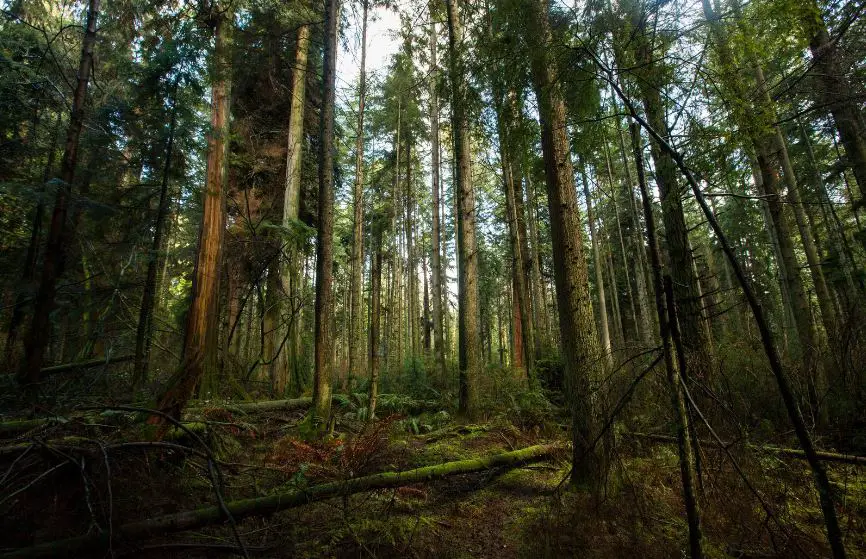The “bones” of many large-lot gardeners’ gardens are their trees. Large trees can provide solitude, protection, wind protection, shade, and a sense of plant friendship. Therefore, it is concerning in several ways when a tree begins to lean.
Trees that are uneven and leaning may be dangerous, although not always. Some have well-established roots. Before you think of felling a tree that is leaning over, there are a few things you should think about.

Why Is My Tree Leaning?
A tree that is sagging might be a risk. But it relies on several factors. The moment the problem first arose. The tree could be sturdy if it was planted tilted and had not shifted afterward. However, it is more likely to topple if it begins leaning after a severe storm. 1 minute and 15 seconds of 0 0% volume
You may be unable to recall the moment the tree began to tilt if you have a lot of trees. If you perceive a development pattern, pay close attention to the trunk. Search for raised soil on the side of the tree opposite the lean.
Another option is to go through older images of the region to see whether the tree was slanting. If the lean turns out to be recent, strong winds and underlying problems might be to blame. Sadly, a mature tree that begins to lean after a powerful storm seldom recovers.
Sideways Growing Trees
The degree of the tree’s bend is another thing to consider. Generally speaking, the probability of a tree failing increases with the angle at which it is leaning. Some people believe that a tree that sags more than 15 degrees from its upright posture ought to be regarded as possibly harmful.
Even a significant tilt, however, is not always dangerous. The only dangerous leaning trees are those over a building, a parking lot, or a busy place. It is possible that a tree drooping over a barren field at the far end of the land is not a serious threat. The tree that may cause concern is another one that tilts at a little angle over a playground.
Why Do Trees Lean?
Although winter storms might topple trees, there may be more causes for your beloved tree’s sideways growth. When a tree develops in a location mostly in the shadow, it will often lean over. A tree may grow tall and slender to position its crown in the sun or lean to one side if that is where the light is coming from. The name “phototropism” refers to its growth toward the light.
This lean may also resemble a curve that begins halfway up the trunk. These lean often develop over the years, allowing the tree’s root system time to establish deeper roots on the opposite side of the lean to maintain equilibrium.

